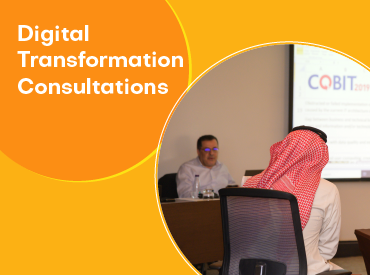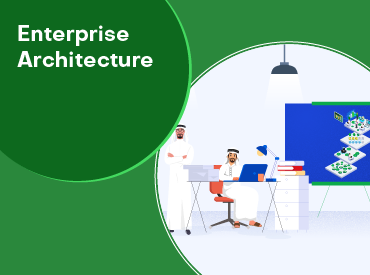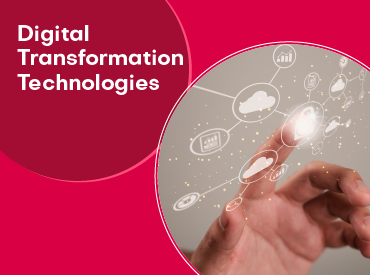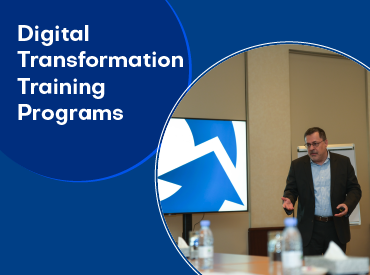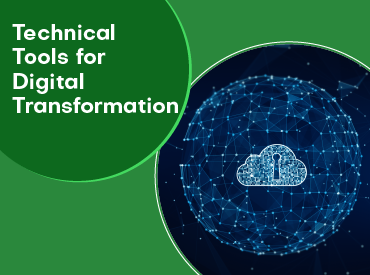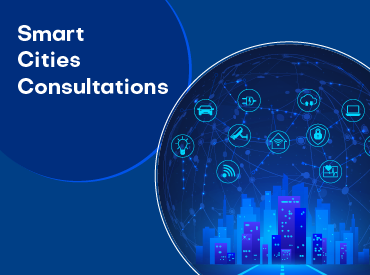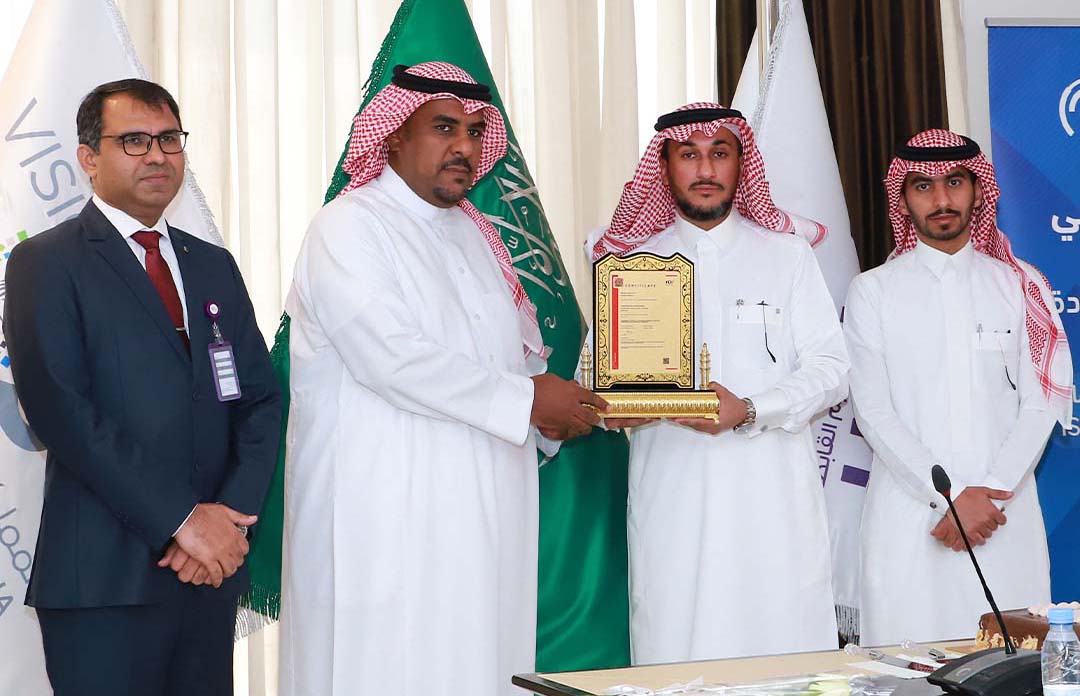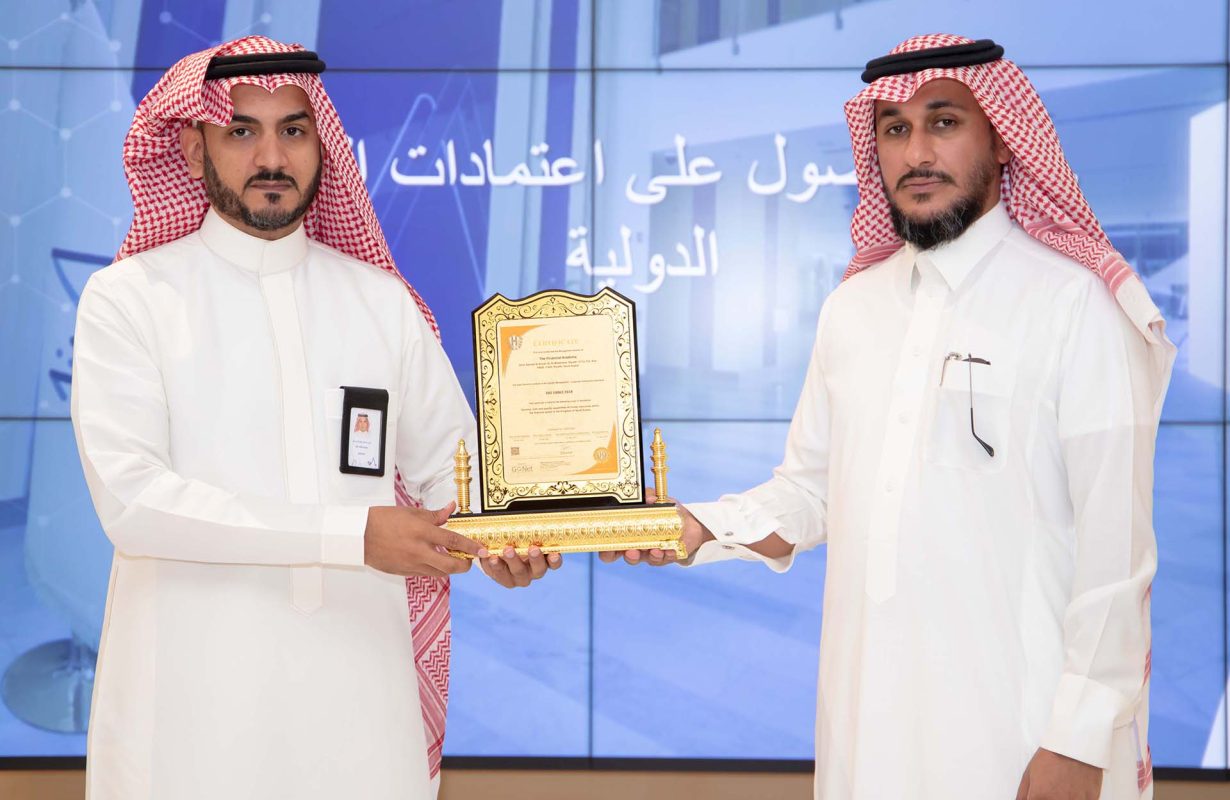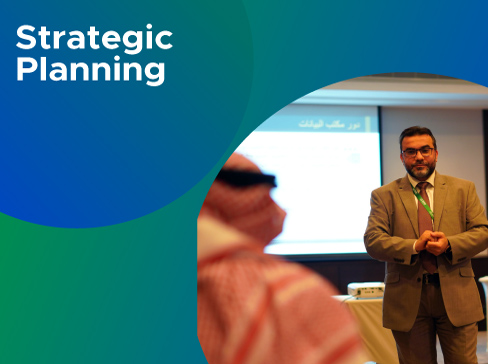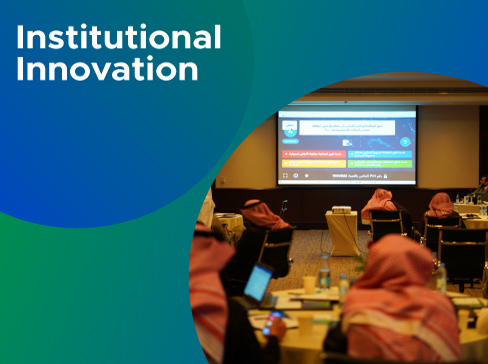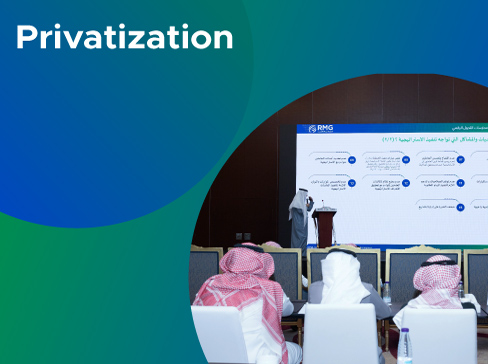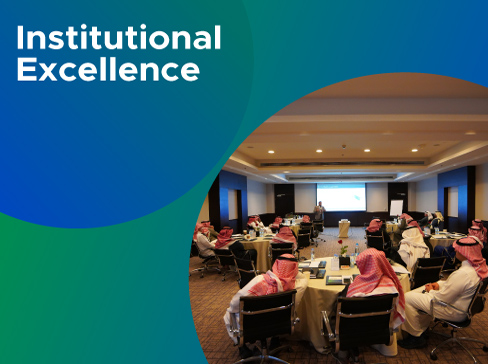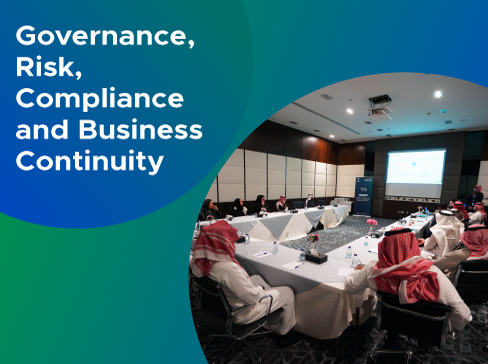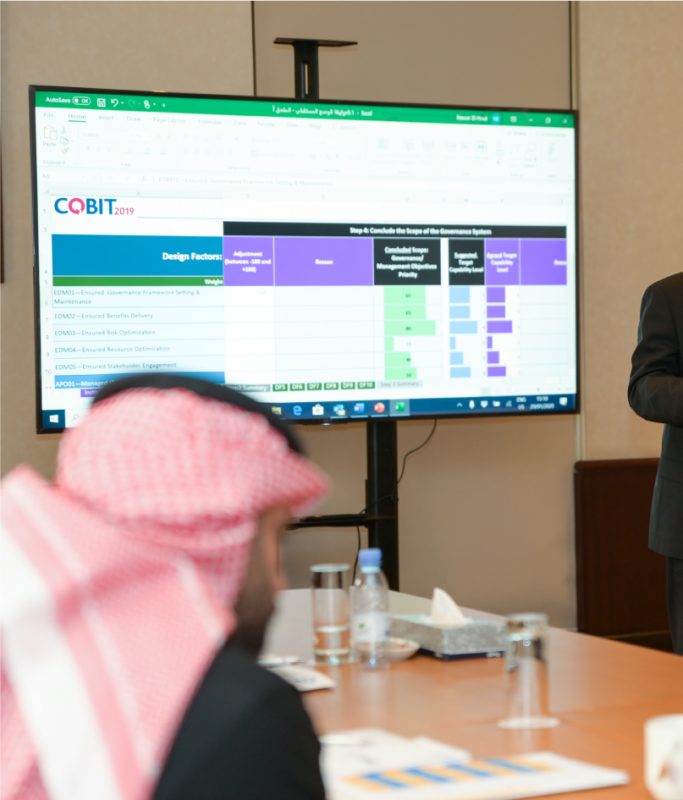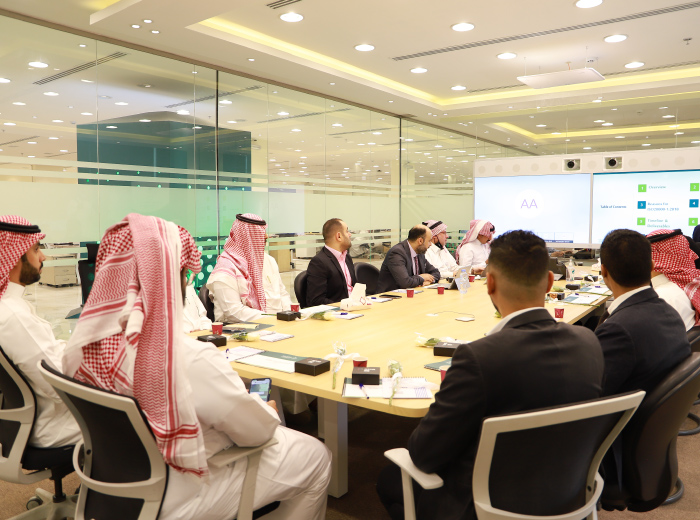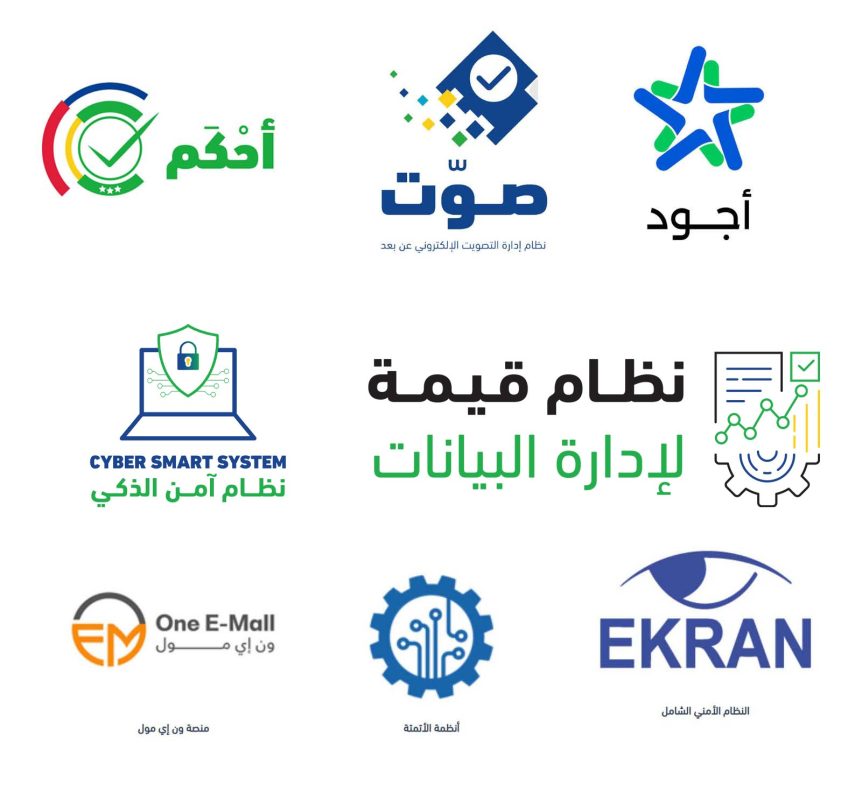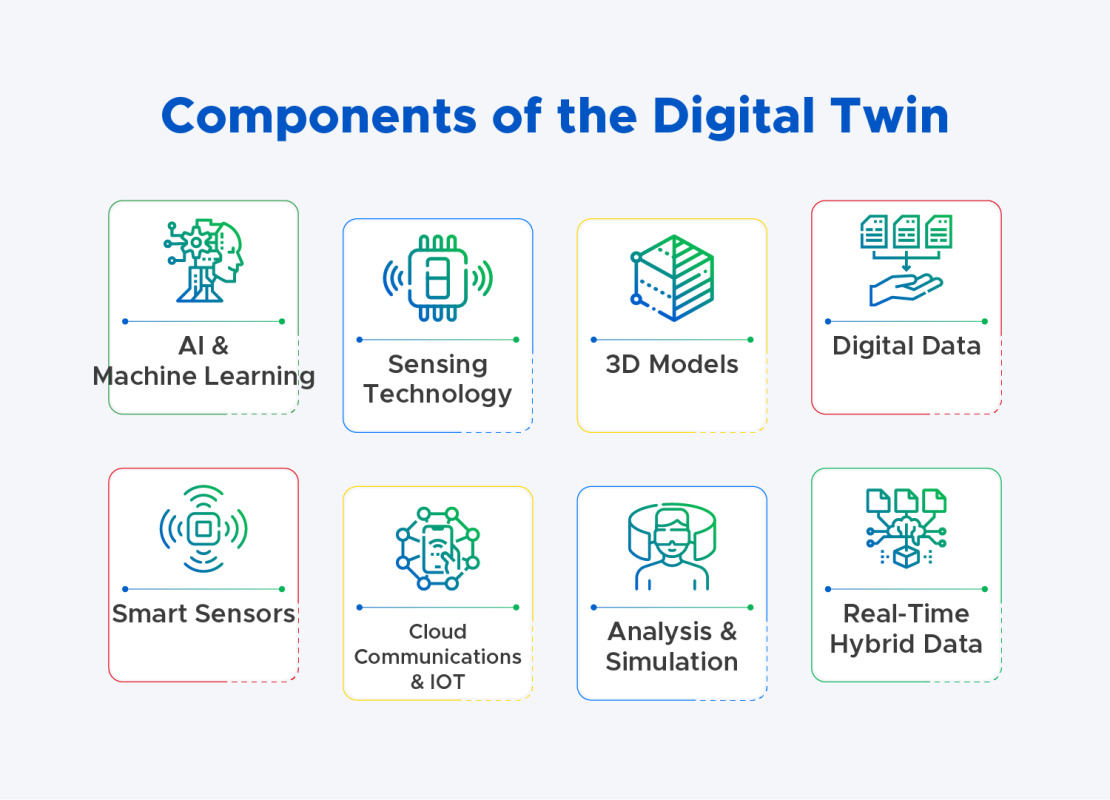
Today, digital transformation technologies play a pivotal role in the development of societies and institutions, contributing to the establishment of smart governments that meet the aspirations of citizens. Among the most innovative technologies that embody the spirit of this transformation is the “Digital Twin,” which serves as the cornerstone of government development and digital evolution.
In this article, we will explore this technology and its benefits for government entities.
Introduction
What is the concept of a digital Twin?
is a virtual model simulated from real-world data and information derived from various sources and diverse systems. Its primary objective is to create a complete match between actual elements through simulation and virtual representation, thanks to the use of modern digital technologies and artificial intelligence.
Components of the Digital Twin
The components constituting an accurate digital model depend on the type of application and the objective of creating this technology. However, here are some essential components commonly used in building the technology:
- Digital Data: It includes information and data related to the process being simulated, covering diverse aspects of the operation.
- 3D Models: 3D models are employed to create a three-dimensional representation of the process, enabling more detailed and realistic simulations.
- Sensing Technology: Sensing technology is used to gather live and realistic data from the process being simulated, such as sensors and detectors.
- Artificial Intelligence and Machine Learning: AI and machine learning technologies are utilised to analyse data and predict future behaviour and performance of processes.
- Real-Time Hybrid Data: The Digital Twin integrates real-time data with the virtual model, allowing for updates and continuous improvement of accuracy over time.
- Analysis and Simulation: Analysis and simulation software are employed to analyse data and interact with the technology to test different scenarios and improve performance.
- Cloud Communications and IoT: Cloud communications and IoT technologies are used for data and information exchange between the Digital Twin and the real-world process.
- Smart Sensors: Smart sensors are used to monitor and measure live data, which is then transmitted to the Digital Twin.
It is important to note that the technology may require the integration and harmonisation of various components and can be tailored to specific purposes, such as simulating industrial processes, developing and improving products and services, or enhancing city performance and infrastructure.
Benefits of the Digital Twin for Government Entities
- Improved Planning and Decision-Making: Government entities can enhance their planning and decision-making processes by providing an accurate and comprehensive model of the current reality. This enables officials to analyse the data and test different scenarios before taking action.
- Enhanced User Experience: By improving the efficiency and quality of services offered, they can elevate the user experience for government services, providing more inclusive and personalised services to citizens.
- Sustainability and Efficiency: contributes to improving environmental and economic sustainability by enhancing the efficiency of resource utilisation and improving government infrastructure performance.
- Innovation and Development: By testing and experimenting with new solutions in a virtual environment, thesupports innovation and development in the government sector.
- Communication and Coordination: improves communication and coordination between various government entities, facilitating rapid and secure data and information exchange and achieving integration among different services.
- Safety and Security: can enhance safety and security in government environments as it allows for simulating various scenarios and identifying potential risks.
- Cost and Time Reduction: can significantly reduce costs and time spent on developing and testing new solutions, as virtual tests and experiments can be conducted without high expenses.
Improving efficiency and providing advanced services to citizens are some of the key benefits of adopting this technology in the government sector, contributing to the establishment of a smart and advanced government that better meets the needs of citizens.
Applications of the Digital Twin
The Digital Twin is a constantly evolving concept being developed in a variety of fields. Here are some more pieces of information:
- Smart Manufacturing: In the manufacturing industry, it is used to improve manufacturing processes and enhance machine and factory productivity. Additionally, can simulate processes and experiments before their real-world implementation, reducing errors and saving costs.
- Intelligent Transportation: In the transportation sector, are utilised to enhance the performance and safety of transportation means such as cars, aircraft, and trains. Smart simulations allow for testing smart vehicles in a digital environment before actual deployment.
- Smart Agriculture: In agriculture, it can be used to monitor farms and improve the management of agricultural resources, such as water and fertilisers. They can simulate weather conditions, soil, and plant requirements to aid in making more accurate agricultural decisions.
- Infrastructure and Construction: It is employed in the construction industry and infrastructure management to improve project planning and enhance efficiency and safety during construction work.
- Renewable Energy: can be utilised to improve energy efficiency and analyse the performance of sustainable energy systems, such as solar and wind power.
- Healthcare: In the medical field, it is used to create digital models of organs, tissues, and human bodies, enabling doctors to diagnose diseases and provide customised treatments for patients.
- Training and Education: can be used to develop virtual learning environments for training and practical education, providing a more realistic and effective learning experience.
The primary challenge in developing and enhancing the Digital Twin lies in gathering and analysing vast amounts of data from various sources and converting it into accurate digital models. With advancements in technology and the increasing use of artificial intelligence and smart sensors, it is expected that the technology will continue to evolve and expand its applications in the future.
Conclusion
Amid increasing government challenges and rapid technological advancements, the Digital Twin represents a vital tool for governments to achieve excellence in service delivery and decision-making. It forms the foundation for building a smart government that enables integrated interactions among citizens, the government, and other entities. This interaction facilitates rapid and secure data exchange, leading to a seamless and integrated government experience.
Today, many entities are eager to transition their operations to digital workspaces, initially focusing on applications and cloud services. However, digital workspaces today are becoming more intelligent. As a result, the consulting team at Renad Almajd works to help entities develop a successful digital space and utilise advanced technologies to achieve success.


